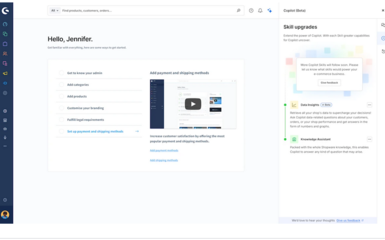Digital sustainability: the ecological footprint of software

Reading time:
minutes
At a time when sustainability is being discussed in all industries, the ecological footprint of software is also increasingly coming into focus. While the environmental impact of hardware is regularly discussed, the ecological effects of software are often overlooked. In order to better understand these, the entire life cycle of software must be considered - from development to use and disposal. Each phase has specific environmental impacts that need to be considered.
The life cycle of software and its environmental impact
The life cycle of software is divided into several phases: Development, Distribution, Use, Maintenance and End-of-Life. In the development phase, significant resources such as energy are required for data centers and developer equipment, as well as for office space and employee commuting. In the distribution phase, digital distribution through cloud services has replaced physical media, but increased data traffic and server capacity requirements. The utilization phase has the greatest impact, as inefficient software increases power consumption and can shorten the lifespan of end devices. Maintenance and updates bring additional data traffic and can put unnecessary strain on older hardware. Finally, the end-of-life phase leads to further environmental pollution through data migration and digital waste.
Solutions for reducing the ecological footprint
There are various approaches to reducing the ecological footprint of software. These include the use of renewable energies in development centers, the optimization of download sizes and the development of resource-saving algorithms. Energy-saving modes and efficient data migration tools are also important measures. Tools such as the Green Software Foundation's “Software Carbon Intensity (SCI) Standard” help companies to systematically record and evaluate the ecological footprint of software. By introducing best practices such as green-by-design and developing resource-saving architectures, developers can act sustainably.
Conclusion
The software industry has the opportunity to achieve both environmental and economic benefits through sustainable software development. As a full-service marketing agency, we play a central role in promoting this movement by helping companies develop sustainability strategies and green brand positioning. Companies that invest early in sustainable software development will benefit from energy savings, increased customer satisfaction and new market opportunities. Digital sustainability will continue to grow in importance over the coming years, and those who take this path will not only make a positive contribution to the environment, but also secure long-term competitive advantages.




